
Amended Protocol Limits Officials Welcoming and Seeing Off VVIPs at Tribhuvan International Airport
Reduced Government Officials at Tribhuvan International Airport for VVIP and VIP Departures After Work Procedures Amendment
The number of government officials present at Tribhuvan International Airport (TIA) to receive or bid farewell to VVIPs, and VIPs has been significantly reduced, following an amendment to the VVIP and VIP Security Management Work Procedures. The amendment, made four days ago by the Council of Ministers at the initiative of the Ministry of Home Affairs, aims to streamline the process, ensuring a more efficient and well-managed system for high-level departures and arrivals.
The change in the Work Procedures went into effect today, coinciding with the departure of Prime Minister KP Sharma Oli on his official visit to China. According to the Ministry, the revised guidelines are designed to reduce the number of officials at the airport while maintaining necessary security protocols. Information Officer at the Ministry, Dil Kumar Tamang, explained that the amended procedures are particularly noticeable during the Prime Minister’s travel, which has marked the first instance of the new guidelines being implemented.
Under the previous system, a substantial number of officials would gather at the VVIP lounge at TIA during the departures and arrivals of key government leaders such as the President, Vice President, and Prime Minister. With the amendment, the numbers have been slashed to ensure a more streamlined and focused approach.
Changes to Officials’ Presence and Access:
For the President’s Foreign Visits:
Prior to the amendment, 23 officials, including the Vice President, were required to be present at TIA when the President embarked on or returned from a foreign visit. This number has now been reduced to 14, comprising essential figures such as the Vice President, Prime Minister, and Home Minister.
Additionally, the number of officials with access to the mini carcade at TIA has been trimmed from 13 to 9, further reducing the scale of the entourage.
For the Vice President’s Foreign Visits:
Previously, the presence of 12 officials, including the Prime Minister, was mandated for the departure or return of the Vice President. This has been reduced to just 7 key individuals, including the Prime Minister.
Similarly, the number of officials with access to the mini carcade during the Vice President’s foreign trips has been reduced from 7 to 4. The new list now includes the Prime Minister, Minister for Foreign Affairs, Secretary at the Office of the Vice President, and the Chief of Protocol.
For the Prime Minister’s Foreign Visits:
The revised procedures now stipulate that only 12 officials, including the Acting Prime Minister, will be present at TIA when the Prime Minister embarks on or returns from a foreign visit, a reduction from the previously larger number.
The Ministry of Home Affairs clarified that the reduction in the number of officials is a move to enhance efficiency while still ensuring the security of the VVIPs. These changes reflect a broader effort to optimize state functions and focus resources more effectively during the official trips of Nepal’s top leaders.
Tamang further emphasized that the modification would help manage the airport procedures in a more organized manner. The reduced presence of officials is also expected to make the processes less cumbersome, while still adhering to necessary security standards.
The key objective behind the changes is to reduce unnecessary crowding and ensure that the farewell and reception processes for VVIPs are smooth, without compromising security. By cutting down the number of officials involved, the government intends to create a more disciplined and controlled environment for high-level diplomatic events at TIA.
This move follows a global trend in many countries, where the presence of excessive officials for routine VVIP departures and arrivals is being minimized to avoid congestion and enhance operational efficiency. The Nepali government has aligned with this principle, striving to ensure that ceremonial events remain dignified, yet efficient.
The amendment is part of broader reforms by the Ministry of Home Affairs to modernize Nepal’s security and administrative protocols for handling diplomatic and official visits. This reduction in the number of officials, however, has raised questions about the impact on the diplomatic process and whether it might affect the visibility of Nepal’s leaders in such significant engagements. Only time will tell if this new, more minimalist approach proves to be more effective in the long term.
For now, the Prime Minister’s departure to China marks the beginning of this new approach, with the hope that it will streamline procedures and make future visits more efficient.
- Madhes Province Holds Vast Development Potential: Prime Minister Oli
- Man Arrested for Using Forged Document to Exploit Community Forest in Achham
- Health Minister Paudel Highlights Nepal’s Progress and Challenges at UN Health Commission Session
- Nidhi Calls on Party Cadres to Strengthen Nepali Congress Organization
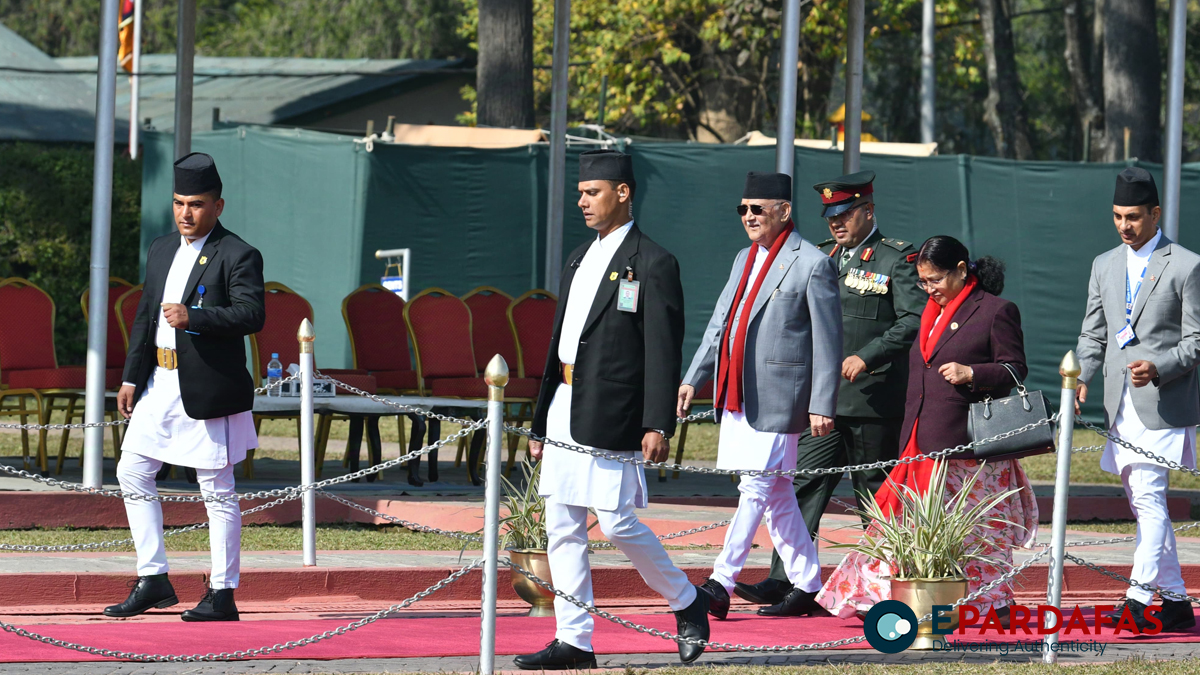

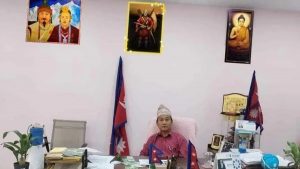


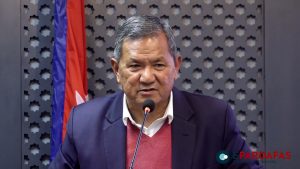
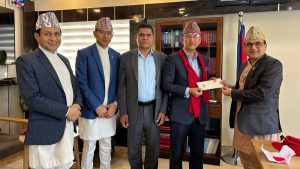
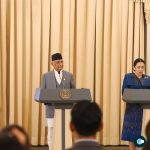


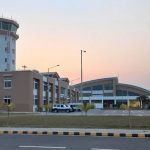

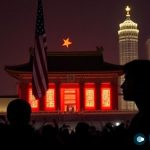
Comments